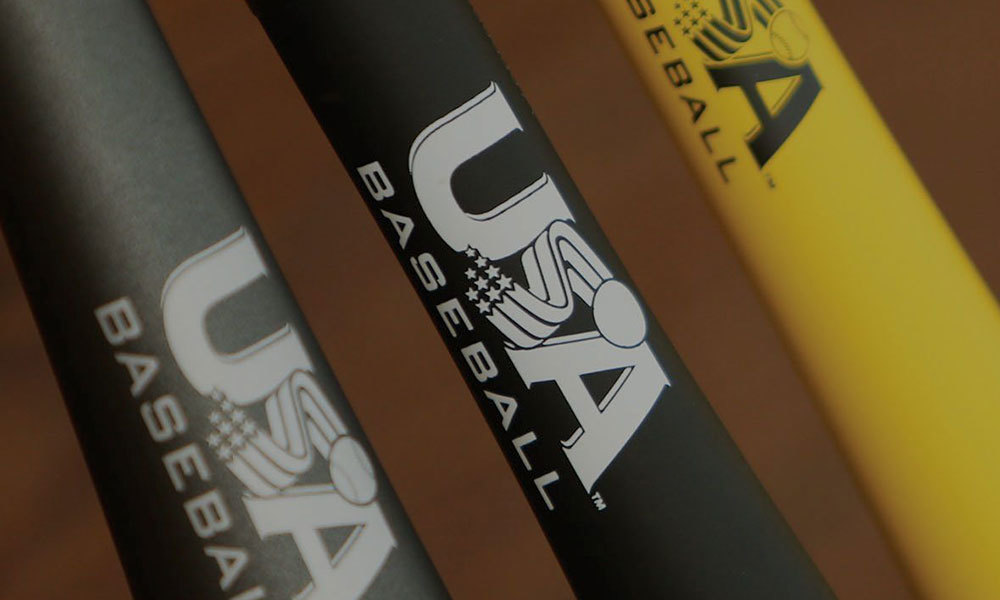
Baseball Youth Leagues Ready New Metal Bat Standard
USA Baseball, which represents amateur organized leagues, is implementing new bat styles this season for youth baseball leagues. The goal? The organizing body wants to create a more “wood-like” experience with metal bats.
The 2018 baseball season brings with it a whole lot of changes—new faces on new teams, decisions intended to speed up the pace of play—but the biggest changes to the sport might actually be taking place in the youth leagues.
And it all comes down to the bats youth players use. At the beginning of 2018, a new rule was put into place requiring a new kind of metal bat be put into play that is designed to work closer to a wooden one. According to MLB.com, the move was decided upon by USA Baseball’s board after a long period of research into improving metal bats, and manufacturers were given two years to develop bats based on the standard called USABat.
The result is that baseball players in a number of youth leagues—including the American Amateur Baseball Congress (AABC), Babe Ruth Baseball/Cal Ripken Baseball, Dixie Youth Baseball, Little League Baseball and PONY Baseball—will adopt the new standards in their respective leagues and will not allow metal bats that don’t feature the USABat logo.
USA Baseball emphasized the move wasn’t related to safety concerns, but based on improvements to metal bat technology that made the experience of using the bats closer to the wooden clubs that professional baseball players use.
“USA Baseball has concluded that recent advancements in science, engineering, technology, and the materials available to fabricate non-wood bats, now allow the manufacturers to construct youth bats that can perform at a wood-like level through the entire range of lengths and weights of youth bats,” the organizing body stated on its website.
Even so, it’s likely that the bats could help improve the safety picture of the sport, which, statistically, is one of the most dangerous youth sports. The Portland Press-Herald noted that in 2015, when the bat switch was announced, there was a significant increase in the number of baseball injuries across all age groups. And concerns about metal bats are not new; the bats were banned in New York City high school baseball games more than a decade ago, a move that industry groups unsuccessfully fought in court.
Little League International President and CEO Steve Keener noted in comments to MLB.com that the effort to build a standard for metal bats was years in the making, and previously, there were no performance standards for such bats. But Keener said that wood bats were often not the solution for many young players.
“The problem with wood bats for youth baseball is that very often they are top-heavy for youth players,” Keener explained. “When you are 7, 8 or 9 years old and trying to swing a sledgehammer in some respects, it makes it harder to put the bat on the ball.”
Of course, the new bats come with a price tag—and not an insignificant one, either. The Baltimore Sun noted that the new, standardized metal bats ran from between less than $100 and $400. That added costs have led some leagues, such as the Mid-Atlantic Baseball Association, to delay uptake to allow parents more time to save up for the bats.
Whatever the case, the move to bring better metal bats to youth league games comes a few years after the NCAA and the National Federation of State High School Associations made a similar rule change for high school and college players.
All USA Baseball-approved metal bats will include this logo. (Little League Baseball)






Comments